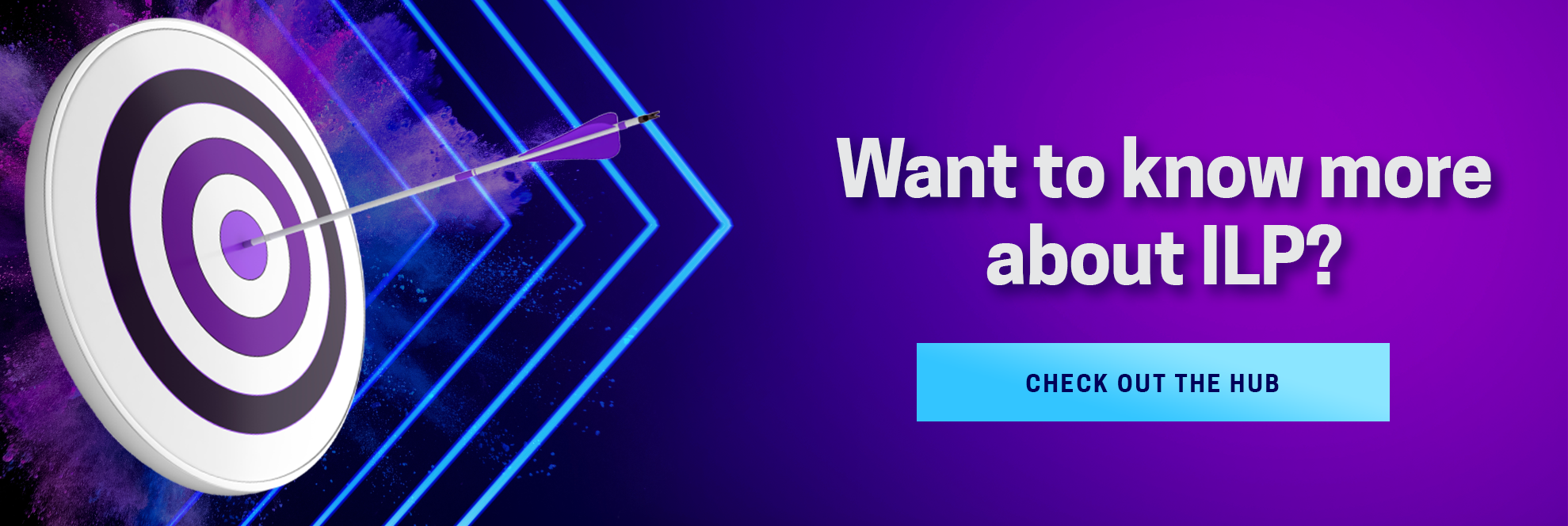What should an ILP include?
Tertiary educators have a huge range of learners coming through their doors. From high-flyers with academic backgrounds, supportive iwi, and big dreams, to first-in-the-family entrants forging a path for their whānau.
Clear, achievable, and layered targets can help learners to understand academic, social, and cultural expectations, build useful learning habits, and thrive in their new institution.
New Zealand also benefits from extensive study tourism. Following the pandemic and their successful lockdowns, the government is focused on improving the standard and transparency of their study offering. This includes a new Pastoral Code, in place from January 2022, to guarantee the safety and wellbeing of all tertiary and international learners.
Understanding Learners in Tertiary Education
When we think about learners, we often start with mapping our assumptions. The average age of a learner in British further (tertiary) education, for example, is 28. It’s important to put assumptions aside and instead look for evidence about who we’re serving and how. Te Pūkenga has put together a series of learner personas to create a vision for the different needs, hopes, and ambitions of their learners and what they need to achieve their dreams.
Creating Māori Equity
A cornerstone of the focus for Te Pūkenga is Māori equity. Te Tiriti o Waitangi Excellence Framework provides a structure for building genuinely empowering education, focusing on autonomy, wealth creation and recognition not only for individual learners, but for whānau, hapū and iwi. These approaches are described in Ka Hikitia, the Māori education strategy, which describes five specific expectations for equitable education in Aotearoa New Zealand:
- Te Whānau: Education provision responds to learners within the context of their whānau
- Te Tangata: Māori are free from racism, discrimination and stigma in education
- Te Kanorautanga: Māori are diverse and need to be understood in the context of their diverse aspirations and lived experiences
- Te Tuakiritanga: Identity, language and culture matter for Māori learners
- Te Rangatiratanga:Māori exercise their authority and agency in education.
Building Ambitious Goals for Māori learners
A digital ILP enables institutions to recognise, centre and celebrate learners’ individual goals. These might be academic, social, financial, creative, or a combination.
Support your teaching staff to engage with and support Māori worldviews by involving Māori staff in the creation of your learner reviews. These can be set to open at specific times of the year, or with particular events in their study journey, so think about the time you might want your learners to reflect on their achievements.
It can be particularly powerful to plan coaching conversations when learners start to feel distanced from their culture and whānau. That might be once term is in full flow, around particular cultural holidays or celebrations, or when they’re starting to think about next steps in their learning. These are all good times for you to give your learners an opportunity to sit with their identity and reflect on their hopes individually and as part of their community.
Don’t be afraid to ask these questions to all learners. Every single learner has a cultural background, has family or community history that is foundational to their identity. If your Māori or Pasifika learners are struggling, it’s worth remembering how extensively cultural knowledge has been damaged and devalued in the past. What Pākehā teaching staff may not recognise is that national understanding of indigenous cultures can be homogenised, rendering a sort of single Māori or Pasifika experience instead of the diverse, storied cultures unique to individual hapū.
Invite Learner Participation
Use your ILPs to gain an understanding of your learners and how best to reach them. By creating individual learning plans that recognise their ambitions, support needs, and identity, you can build a scaffold to support their journey into tertiary education and beyond.
Find out about the kōrero on your learners’ marae, invite conversation and feedback. Don’t be afraid to ask ‘what does that mean for you’ – all our learners, no matter their background, are individuals with their own unique experience of education, and their own big audacious dreams to fulfil.
Individual Targets, Shared Goals
Your learner’s ILP can help them to define their hopes for learning. You can use short, snappy targets to guide them on the behaviours that build successful outcomes – from drafting work to planning in reading time, wider study, peer sharing and taking advantage of opportunities to practise new skills.
Your learner may not arrive with goals for their whānau or hapū. You can help them to ground themselves in their culture, and see themselves as an active, important part of their iwi, by providing opportunities for them to think about and describe their vision.
Just like making education more accessible, making education equitable benefits every learner. The opportunity to learn in an environment where te reo Māori is celebrated, and where Māori worldviews matter, means an environment that is unique to Aotearoa New Zealand, grounded in its culture and values. One that has made the islands one of the most sought-after education destinations in the world.
TOPICS:
SHARE THIS ARTICLE:
.png)


